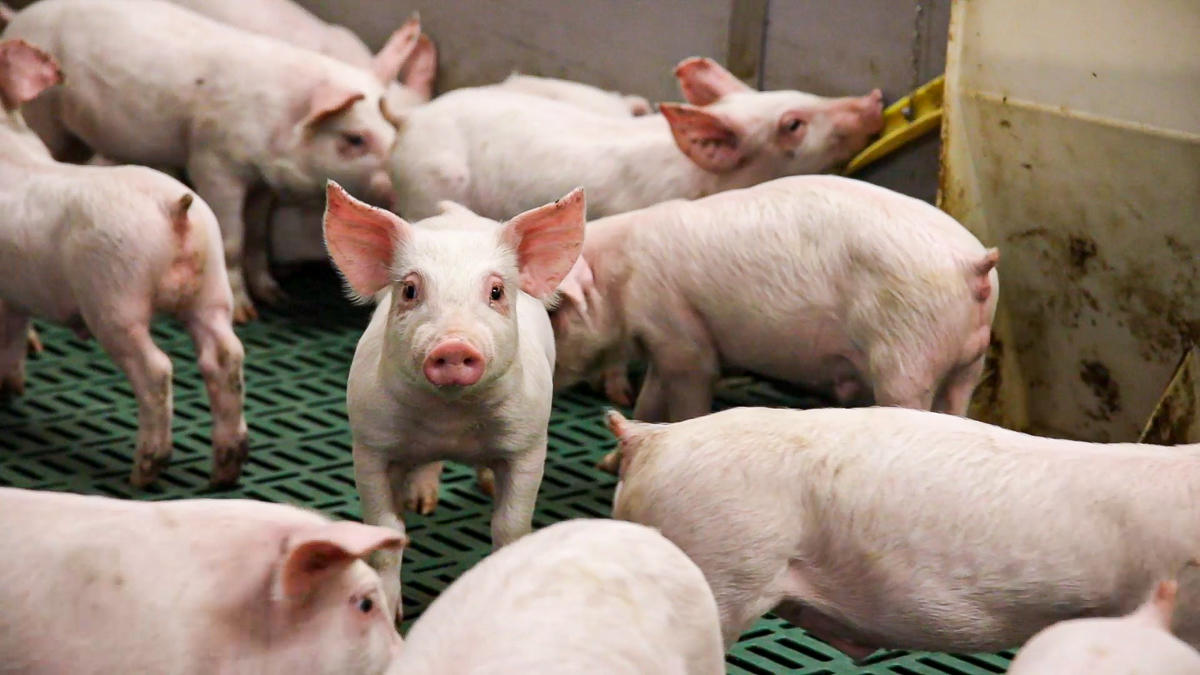Researchers from Yale University in the US have successfully restored cellular and organ function in pigs a full hour after their deaths.
This could have several potential applications to human medicine, the authors of ‘Cellular recovery after prolonged warm ischaemia of the whole body’, published in the scientific journal Nature yesterday (Wednesday, August 3), said.
For instance, it could extend the health of human organs during surgery; extend the life of organs in human patients; and expand the availability of donor organs for transplant as more could come viable.
It might also be able to treat organs or tissue damaged by ischaemia, a medical problem in which there is not enough blood or oxygen flowing to a part of the body, during heart attacks or stroke.
Once an organ is recovered it is in ischaemia and the tissues and cells begin to breakdown; if they breakdown too much, the organ will not function properly – or at all. Should this happen, it would not be viable for transplant.
So how did they do it?
The inspiration for this research came from a previous Yale-led project whereby circulation and certain cellular functions in the brain of a dead pig were restored; this was dubbed ‘BrainEx’.
“If we were able to restore certain cellular functions in the dead brain, an organ known to be most susceptible to ischemia, we hypothesised that something similar could also be achieved in other vital transplantable organs,” said Nenad Sestan from the Yale department of neuroscience.
So first things first, cardiac arrest was induced in anesthetised pigs, after which they entered ischaemia for one whole hour.
The pigs in this case were in warm ischaemia, which means their organs were kept at body temperature for the full hour.
After the hour was up, researchers applied a modified version of BrainEx called ‘OrganEx’ to the whole pig.
This technology consists of a perfusion device similar to heart-lung machines — which do the work of the heart and lungs during surgery — and an experimental fluid containing compounds that can promote cellular health and suppress inflammation throughout the pig’s body.
Six hours after treatment with OrganEx, the scientists found that certain key cellular functions were active in many areas of the pigs’ bodies — including in the heart, liver, and kidneys — and that some organ function had been restored.
For instance, they found evidence of electrical activity in the heart, which retained the ability to contract.
“We were also able to restore circulation throughout the body, which amazed us,” Sestan said.
Pig heart given to human
This is not the first time this year that pig organs have made headlines for involvement in human-health-based experiments.
Earlier this year, a genetically modified pig heart was used for the first time in human transplant surgery in Maryland, US.
At the time, Dr. Bartley P. Griffith, who performed the surgery, said:
“This was a breakthrough surgery and brings us one step closer to solving the organ shortage crisis. There are simply not enough donor human hearts available to meet the long list of potential recipients.”
The patient, 57-year-old David Bennet, was fully aware that the pig heart transplant was experimental and came with unknown risks.
Following surgery, the transplanted heart performed well for several weeks without any signs of rejection. Bennett lived for two months post-operation and was able to spend time with his family and participate in physical therapy to help regain strength.
“We are grateful to Mr. Bennett for his unique and historic role in helping to contribute to a vast array of knowledge to the field of xenotransplantation,” added Muhammad M. Mohiuddin, MD, Prof. of surgery and scientific director of the cardiac xenotransplantation programme at the University of Maryland School of Medicine.
“We have gained invaluable insights learning that the genetically modified pig heart can function well within the human body while the immune system is adequately suppressed.
“We remain optimistic and plan on continuing our work in future clinical trials.”
